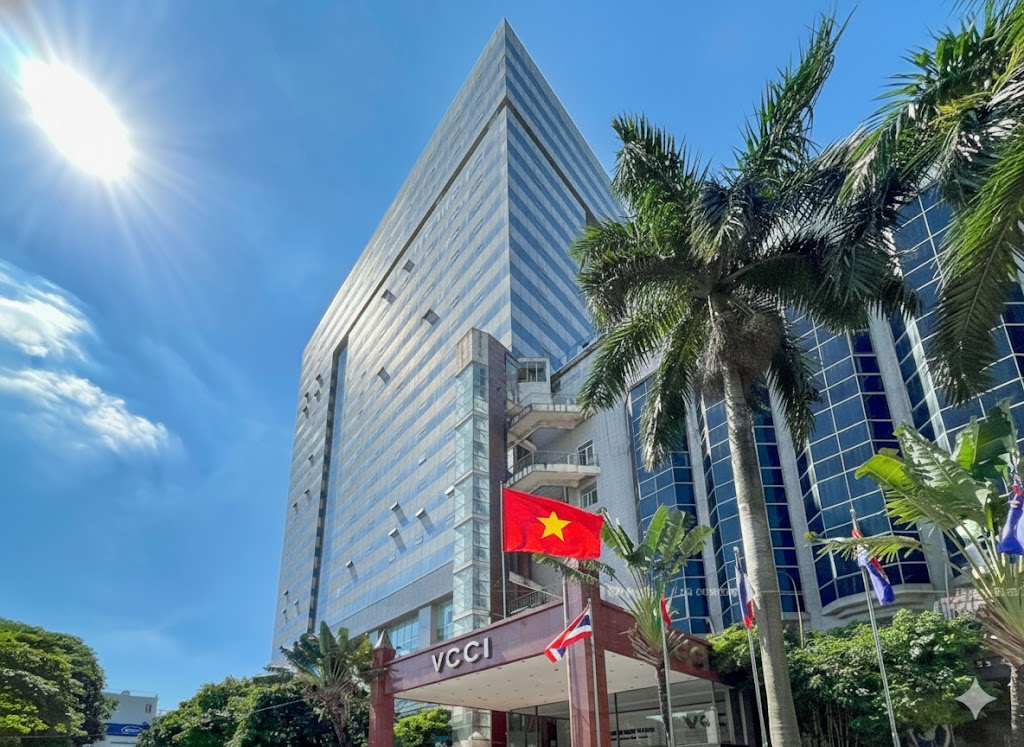Green credit needs to be unblocked
The demand for green credit in the economy is very high, but there are still many
 |
|
Signing ceremony of sustainable linked credit agreement between HSBC and Gemadept |
High growth, large potential
At the end of May, HSBC signed the first sustainable linked credit agreement for a Vietnamese enterprise in the port and logistics sector, Gemadept Corporation. HSBC stated that to participate in this loan, Gemadept not only had positive business results but also underwent HSBC’s sustainable credit management and approval process and established specific, clear goals in its green and sustainable development strategy.
A few days earlier, one of Vietnam's leading coconut product companies, Ben Tre Import and Export JSC (Betrimex), also signed a green trade finance agreement with UOB Vietnam. To reach this agreement, Betrimex passed UOB Vietnam’s very stringent green credit approval process, focusing on evaluating the company's compliance with ESG (Environmental, Social, and Governance) principles. UOB stated that before Betrimex, the bank had provided credit for 17 renewable and clean energy projects, along with seven green industrial projects, as of Q4 2023.
Lim Dyi Chang, Senior Director of the Corporate Client Division at UOB Vietnam, said that compared to developed economies, Vietnam has favorable conditions for transitioning to a green economy. Specifically, Vietnam is directly investing in new infrastructure without having to bear the burden of halting production to dismantle old infrastructure like in developed countries. However, the necessary capital for this process is expected to be very large, up to US$140 billion over the next nine years, primarily for infrastructure construction.
Ngo Binh Nguyen, Strategic Director of Orient Commercial Bank (OCB), stated that recently, the bank's corporate customers have shared a strong desire to develop sustainably and practice ESG to meet international partners’ requirements. In response to this demand, OCB has set a goal to become one of the first joint-stock commercial banks with a green and sustainable development strategy.
According to Dao Minh Tu, Deputy Governor of the State Bank of Vietnam (SBV), in recent times, many credit institutions have proactively cooperated and received green capital and technical support from international financial organizations to establish internal regulations for managing environmental and social risks in some credit activities for customers. From 2017 to 2023, the average growth rate of outstanding loans of the banking system for green sectors reached over 22% per year. As of March 31, 47 credit institutions had incurred green credit outstanding loans, reaching nearly VND637 trillion, accounting for about 4.5% of the total outstanding loans of the entire economy. The outstanding loans assessed for environmental and social risks of the credit institution system have grown steadily over the years, now reaching about VND2.9 million billion, equivalent to more than 21% of the total outstanding loans of the economy.
Nguyen Hoang Minh, Chief Representative of the Vietnam Banks Association in Ho Chi Minh City, commented that although the green credit balance was still modest, compared to the VND71,000 billion at the end of 2015, the green credit balance has increased ninefold and was much higher than the overall credit growth of the economy. Structurally, in the total VND637,000 billion of green credit outstanding loans, medium- and long-term credit accounts for about 77%, including green agriculture, clean energy, and renewable energy, clean water for urban and rural areas, and forestry.
Minh also noted that after COP26, Standard Chartered Bank committed financial packages of up to US$6 billion to finance green projects implemented by T&T Group in Vietnam. Additionally, HDBank, together with the International Investment Fund Affinity and Proparco (a French development finance institution), signed a cooperation agreement to support capital mobilization worth about US$400 million to finance sustainable development programs and renewable energy projects in Vietnam. These collaborations, along with legal frameworks and the determination of the Government and the banking sector, will support green credit growth in the near future.
Many gaps hindering progress
Despite significant strides, green credit development in Vietnam still faces many obstacles. From the perspective of a foreign bank, Lam Thuy Nga, National Director of the Corporate Customer Division at HSBC Vietnam, pointed out that Vietnam lacks a detailed classification system for sustainable finance to accurately define what "green" and "sustainable" mean. Although the Government is researching an official legal framework, the banking industry still relies on each bank's internal system and must continuously self-monitor. The absence of clear regulations also leads to hesitation in implementing large-scale sustainable projects, which require a complex financial process.
Ngo Binh Nguyen also noted that due to the lack of specific guidelines for banks to implement, OCB has had to refer to strategic partners with experience in international markets to build the bank’s policies on green lending, sustainable development, and environmental protection.
Nga also mentioned the challenge of limit ed data and reporting. In the eyes of investors, consumers, and employees, ESG strategy and activity reports indicate important indicators reflecting the "health" of a business and its environmental impact. However, many businesses currently lack ESG reports or have limit ed reports due to not fully understanding ESG data requirements. To improve this situation, Nga believed that regulators play a crucial role in guiding businesses and setting requirements to create more motivation for businesses to focus on data collection, analysis, and comprehensive reporting.
Additionally, the current common sustainability standards for Vietnamese businesses are also a barrier to accessing loan capital. Due to the absence or incomplete implementation of official Vietnamese standards, financial institutions like HSBC must use international standards with adjustments for the market’s actual conditions. However, these standards may be too high for most companies, making it difficult for businesses to access sustainable finance.
|
Dr. Tran Du Lich, member of the National Monetary and Financial Policy Advisory Council: Prevent green credit from flowing into non-green sectors. To promote green credit, a clear definition of sectors and industries to identify green projects is needed so that banks can confidently apply preferential mechanisms. In the next five-year plan (2026-2030), the government should adopt the philosophy of green development as a guiding criterion for policies. Additionally, it is necessary to consider expanding the limit or excluding the limit for green credit so that banks have more room for stronger lending. Banks also need to enhance their management capacity in green credit, with a professional team to evaluate environmental impacts for implementation and monitoring, avoiding green credit flowing into non-green sectors. |








